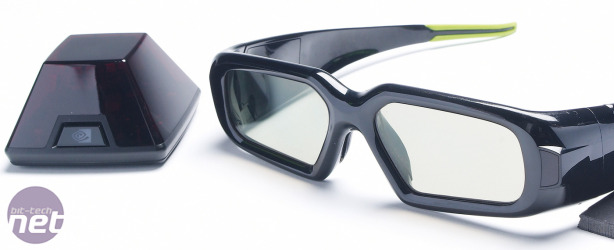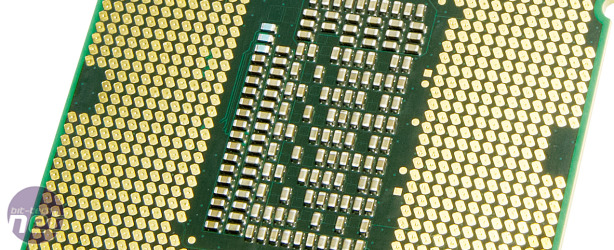2011: The Year Ahead
Now that 2010 is officially in the past, we've decided to turn our talents to guessing what 2011 will bring. After experimenting with tea leaves, ritual sacrifices and naked full moon dancing, which are frankly the hallmark of a good bit-tech night out anyway, we reckon we're now set to make our predictions. We're also planning to revisit these predictions this time next year just to gauge our soothsaying skills.Even more 3D
Sadly, our first prediction is disappointing. We reckon that poor-quality 3D will continue to reign supreme over both the movie and gaming industries. While the technology won’t improve much in the coming 12 months, the launch of the Nintendo 3DS handheld, with its Sharp-developed display, is likely to plunge the casual gaming world into a miasma of poorly executed titles that use 3D effects as a shield to hide bad writing, bad gameplay and an all-round poor experience.We’d like to think that PC gamers will be able to dodge that particular bullet by being more discerning consumers, but we’re only too aware that Nvidia will probably be ramping up its marketing efforts to shift ever increasing volumes of its 3D Vision bundles. At the same time, it will be bouncing off the back of Nintendo’s handheld to propel 3D gaming forwards. As a result, it won’t be long until the PC follows the same path as the cinema, and games start featuring the words ‘in 3D’ on the boxes.
While we have no doubts that 3D technology can be used to great effect in gaming, we’ve yet to see evidence of this in action. We predict that the next year will produce little to sway our views on this matter, although we reserve the right to deny that we ever made this prediction if someone manages to perfect the Holodeck.
Intel Sandy Bridge is released in January and confuses everyone
Intel will continue its campaign to confuse and befuddle its consumers, launching its Sandy Bridge next-generation processors with the same Core i3, i5 and i7 branding as its existing chips. This is good news for Intel, as the company can then hide its older chips in the same price lists as the shiny new ones, while it simultaneously clears its inventory of last-generation processors.However, buyers will have to keep their eyes on the fine print if they want to avoid buying an old chip the next time they upgrade. Sandy Bridge will undoubtedly be a success, but this will be despite Intel’s bizarre branding, rather than because of it.
AMD strikes back...on a limited front
Speaking of Intel, the chip giant will have double cause for concern next year. The first technology to cause Intel’s investors sleepless nights will be AMD’s Bobcat architecture, which features in the company’s low-power Fusion range of 'accelerated processing units' (APUs). These APUs may well trounce Intel’s Atom range and become the de facto standard for netbooks, ultraportable laptops and even many-core servers by the end of the year.Benchmarks released towards the end of 2010 show that AMD is onto a winner this time, and 2011 looks set to be the year in which the company finally gains ground in the low-power market against its long-term rival. Intel could even find its ULV chips losing supremacy in the ultra-portable and slim-form-factor laptop markets too.

MSI MPG Velox 100R Chassis Review
October 14 2021 | 15:04











Want to comment? Please log in.